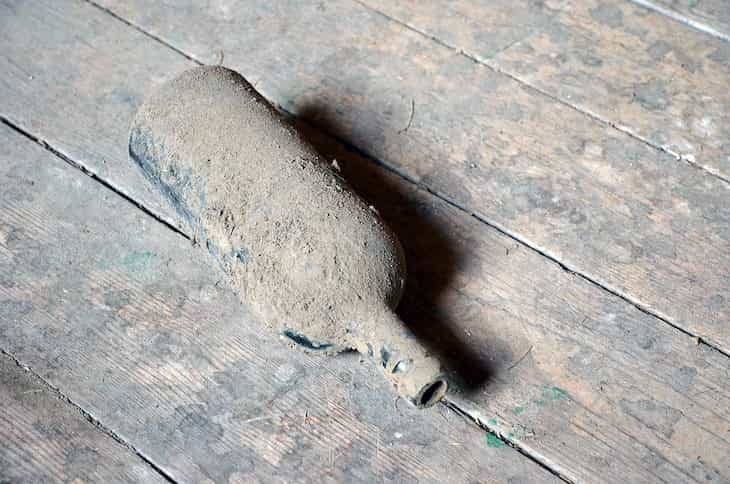Have you ever wondered why your floors become dusty so quickly?
While sometimes it takes weeks for bookshelves to become dusty, floors accumulate lots of debris, dust, and hair in days.
Here are a few reasons for that.
Dust in the environment
Dust particles are continuously present in the air and can enter our homes through open windows, doors, or even on our clothing.
These tiny and lightweight particles settle on surfaces, including floors, over time.

Static electricity
When we walk or move on a floor, it can create static charges.
These charges attract dust particles and make them stick to the surface, leading to a buildup of dust on the floor.
Lack of ventilation
Insufficient air circulation or poor ventilation in a room can contribute to dust accumulation on the floor.
Without proper airflow, dust particles remain suspended in the air for longer periods and settle on surfaces, including the floor.
Regular activities and foot traffic
Everyday activities such as walking, cleaning, or moving objects can disturb settled dust on the floor.
This can cause the dust particles to become airborne again and settle back onto the floor, making it appear dusty quickly.
Now, let's find out what you can do to minimize that.
Regular cleaning
Regularly sweeping, mopping, or vacuuming the floor helps remove dust before it accumulates.
Using a damp mop or cloth can be especially effective in capturing and removing dust particles from the surface.
Improved ventilation
Opening windows or using fans to improve air circulation can help carry away dust particles from the room.
This reduces the chances of dust settling on the floor.
Prevention measures
Keeping windows and doors closed as much as possible can minimize the entry of dust from the outside environment.
Placing doormats at entry points can also help trap dust and dirt before it reaches the floor.
Previously, we talked about professional cleaners.









